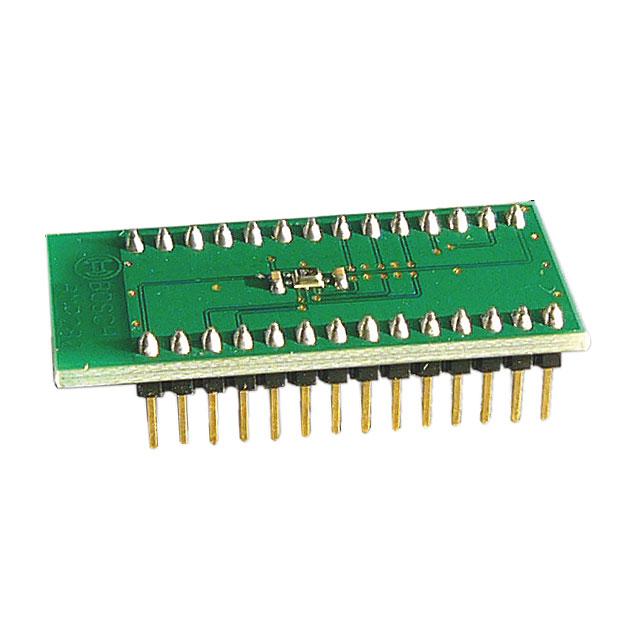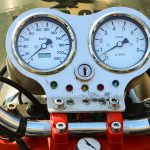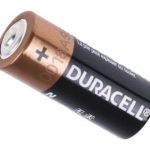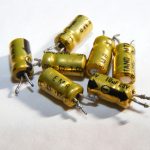
What is BME680?
The BME680 environmental sensor breakout board provides the capability of temperature, humidity, barometric pressure and VOC gas sensing in a single sensor. Bosch’s BME680 is an integrated environmental sensor primarily designed for mobile applications and wearables where size and low power consumption are main demands.
How it works
BME680 gives you all the environmental sensing you would like in a small box. A compact sensor, includes the capability to detect temperature, humidity, barometric pressure, and VOC emissions. SPI or I2C all over for a good price! Bosch’s precision sensor can measure humidity with an accuracy of ±3 percent, barometric pressure with the absolute precision of ±1 hPa, and temperature with a precision of ±1.0 ° C.
You can also use it as an altimeter with ±1 meter or better accuracy since pressure varies with altitude and the pressure measurements are so fine! The BME680 moves those sensors to the next level as it has a tiny MOX sensor in it. The heated metal oxide improves the resistance in the air based on volatile organic compounds (VOC), and it can be used to detect gasses and alcohols such as ethanol, alcohol and carbon monoxide and to measure air quality.
AIt is recommended that this sensor is run for 48 hours when it is first received to “burn it in,” and then any time the sensor is in use for 30 minutes in the required mode. This is because the sensor’s sensitivity levels will change during early use, and the resistance will increase progressively as the MOX warms up to its baseline reading.
Features
- SPI (3-and4-wire, up to 10 MHz) and I2C (up to 3.4 MHz)
- Voltage controller on breakout surface
- 3 V or 5 V On board Rate Shifting Logic
- 16 mm x 11 mm board dimension
- Person moisture, vibration and gas sensors can be turned on / off independently
- Applications
- Upgrade of GPS (time-to-fix upgrade, dead reckoning, and slope detection).
- Indoor navigation (identification of floor changes and identification of elevators).
- Context perception (identification of moisture in skin and identification of space changes).
- Personalized weather station.
- Weather station customized.
- Monitoring altitude and saving calories on sports activities.
Interpreting the gas resistance readings
In Ohms, the sensor provides indications of gas resistance. These span from the low-miles to several hundred thousand Ohms. It will take a couple of minutes (or more if it’s the first time you’ve used it) to stabilize each time you use the sensor; here you will see the readings progressing upwards. It will be your read history guide when the readings stabilize. If the air quality improves then the readings of gas tolerance improves, and if the air quality declines, the readings of gas tolerance also lower. You can test it by holding something like a permanent marker, or by applying a little fragrance on a piece of tissue and placing it near the sensor
The gas readings in the BME680 should be prone to a wide range of different gasses, such as methane and other volatile organic compounds (VOCs), carbon monoxide, ammonia, human breath and sweat, and more, so you can have some fun making fart detectors or even rudimentary breathalyzers





















